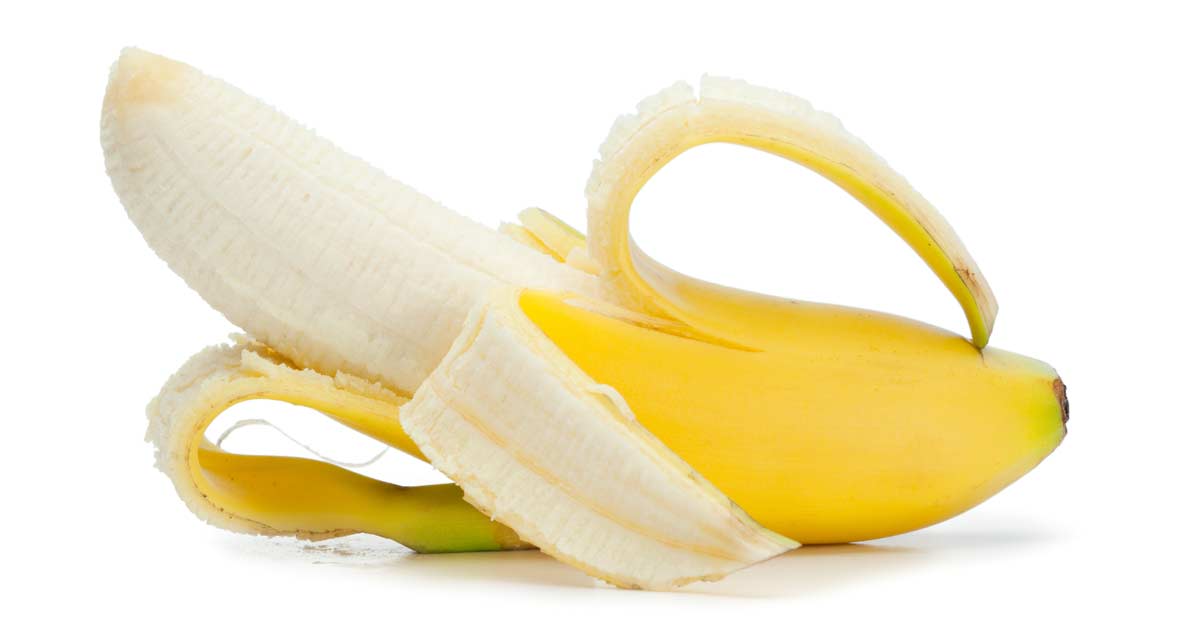I've been working on my leche flan game when I remembered that I have posted one here. I did a few revisions for it like using coconut sugar for both the flan and the syrup this time. Coconut sugar is a local, organic and healthier alternative to artificial sweeteners. Relatively lower in calories compared to refined sugar, coconut sugar is perfect for weight watchers. It also contains dietary fiber. Sounds like a win to me!
MOUSSE-Y TABLEA FLAN RECIPE
Ingredients: (Makes 2 llaneras)
For the Flan:
1 can of evaporated milk (370 ml.)
60 g. Batangas Tablea (Get it from us at www.herbalandherbs.wordpress.com)
100 g. coconut sugar
3 whole eggs
1/8 tsp. of organic vanilla
pinch salt
For the syrup:
60 g. coconut sugar
60 ml. water
Instructions:
1. Tablea-Milk Mixture. Simmer evaporated milk and Tablea in a saucepan. Stir continuously to prevent milk from curdling until Tablea is dissolved. (Note: Since we use traditional Tablea, expect that there will be Tablea grains and sediments.) Cool for about 30-45 mins.
2. Sugar Syrup. Prepare syrup by mixing together coconut sugar and water in another saucepan. Keep stirring at low heat to prevent coconut sugar from burning. You'll know it's ready when your sugar syrup spins a thread when it drops from a spoon. Cool for about 30 mins. before transferring to llaneras.
3. Flan. Mix Tablea-Milk mixture with the rest of the flan ingredients (coconut sugar, eggs, vanilla and salt). (Shortcut alert!) I like putting it in our blender and just mixing it until it looks incorporated. To rid of air bubbles, just strain the flan mixture using a sieve. Easy peasy. Pour flan mixture in llanera. Cover with foil.
4. Bake. I bake my leche flans for 50 minutes at my 190°C pre-heated oven. I put the llaneras on a jelly roll pan (any bigger pan is fine as long as they fit) with about half an inch of water. This method is also called the water bath (bain-marie in French). This trick is used in baking cheesecakes to keep the surface of the cheesecake smooth. You can also opt to steam the leche flans for about the same time. To check if it's cooked through, do the toothpick test. Flan should be jiggly.
5. Cool. Cool leche flan at room temperature for 1 hour before refrigerating. I recommend at least an hour or two of refrigeration before serving. When flipping it over, remember to loosen the sides first with a butter knife. Enjoy!
The consistency of the flan is mousse-y (think chocolate mousse here). As for the taste, I think my mother describes it best when she said it neither has a sweet nor bitter (from Tablea) aftertaste, it's just right to enjoy the true flavor of chocolate.
But biases are always awesome (ha!). Try out the recipe and let us know what you think. :)
P.S. You can also get coconut sugar from us at Php350/kilo (180 for 500 g). It retails at Php90 in super markets for 200 grams.

































